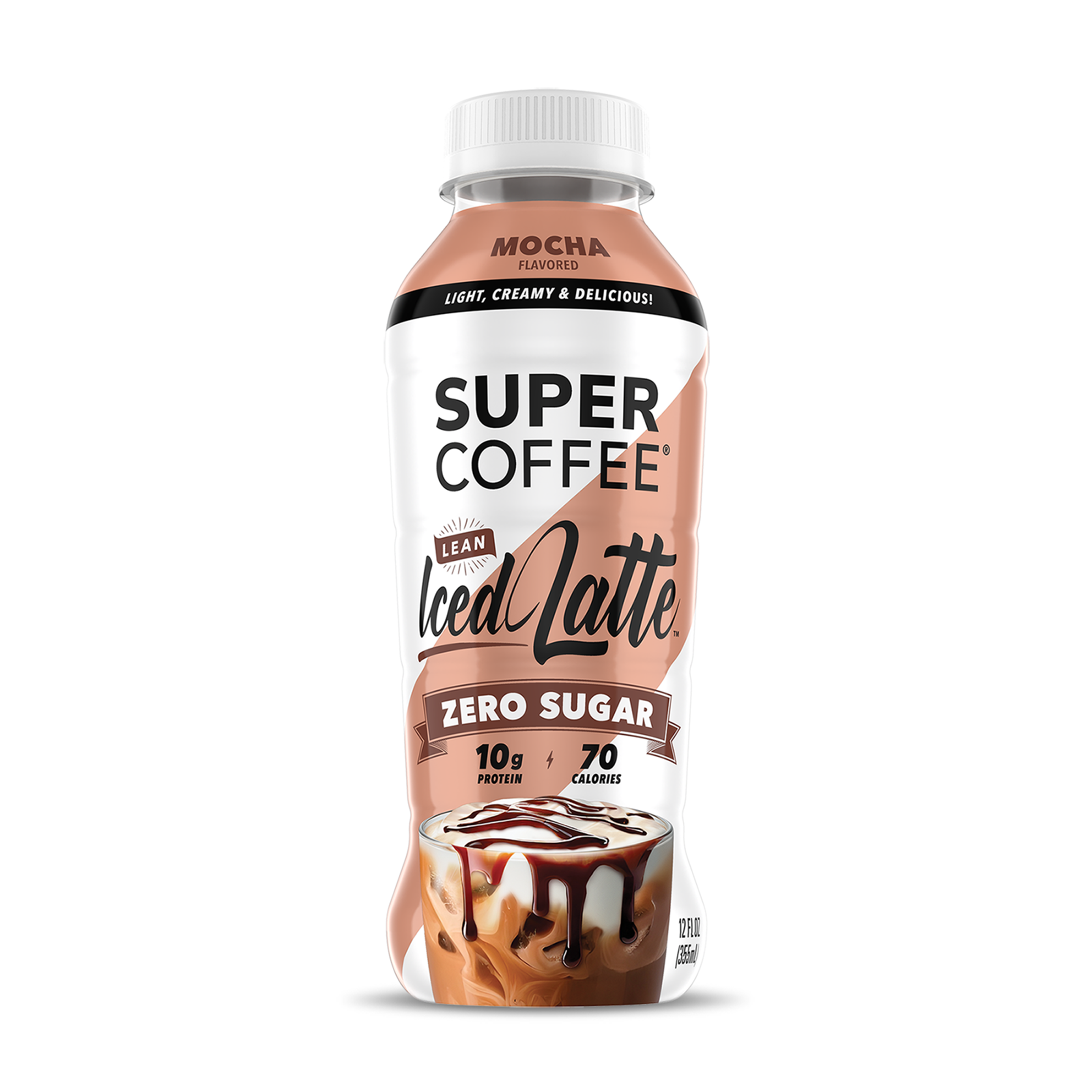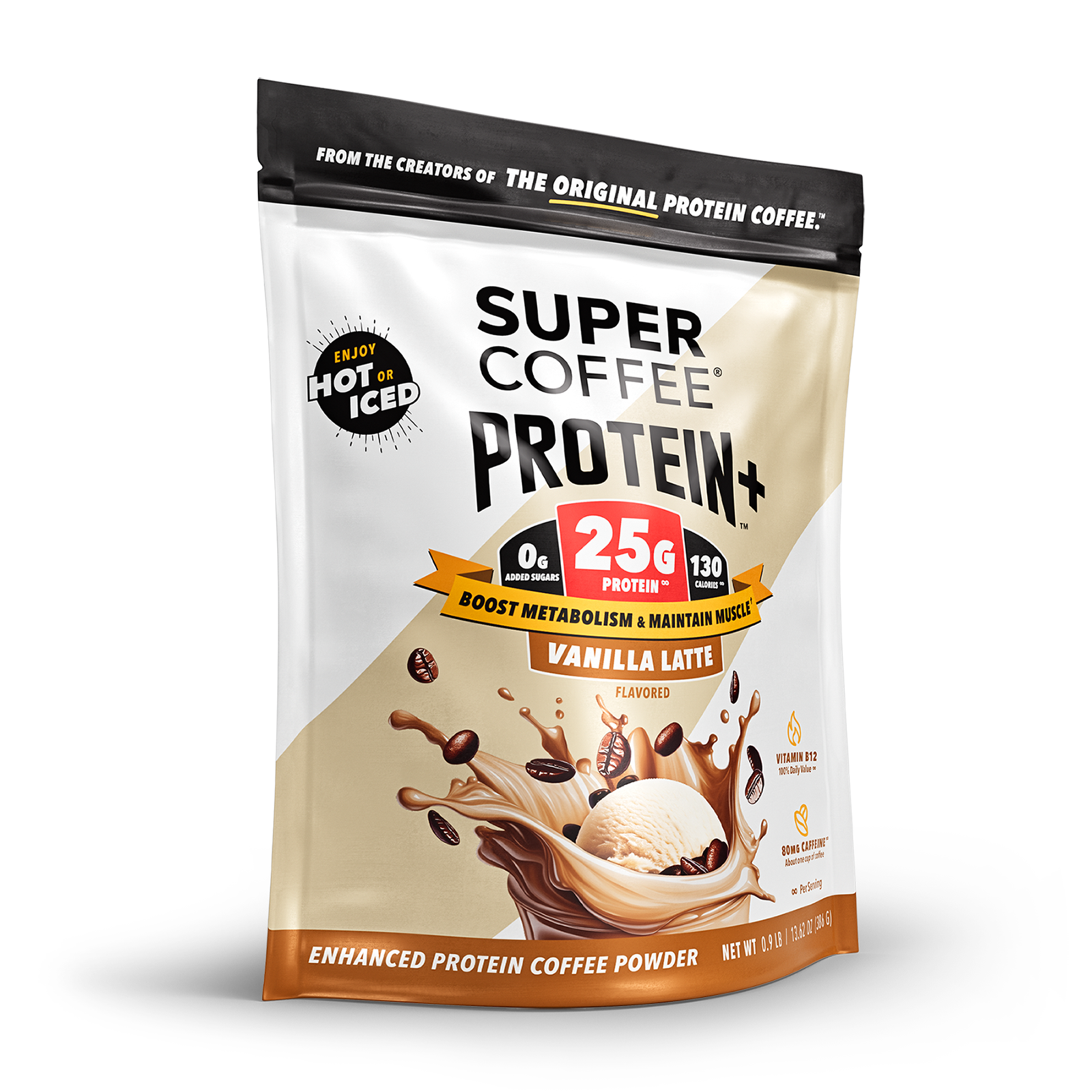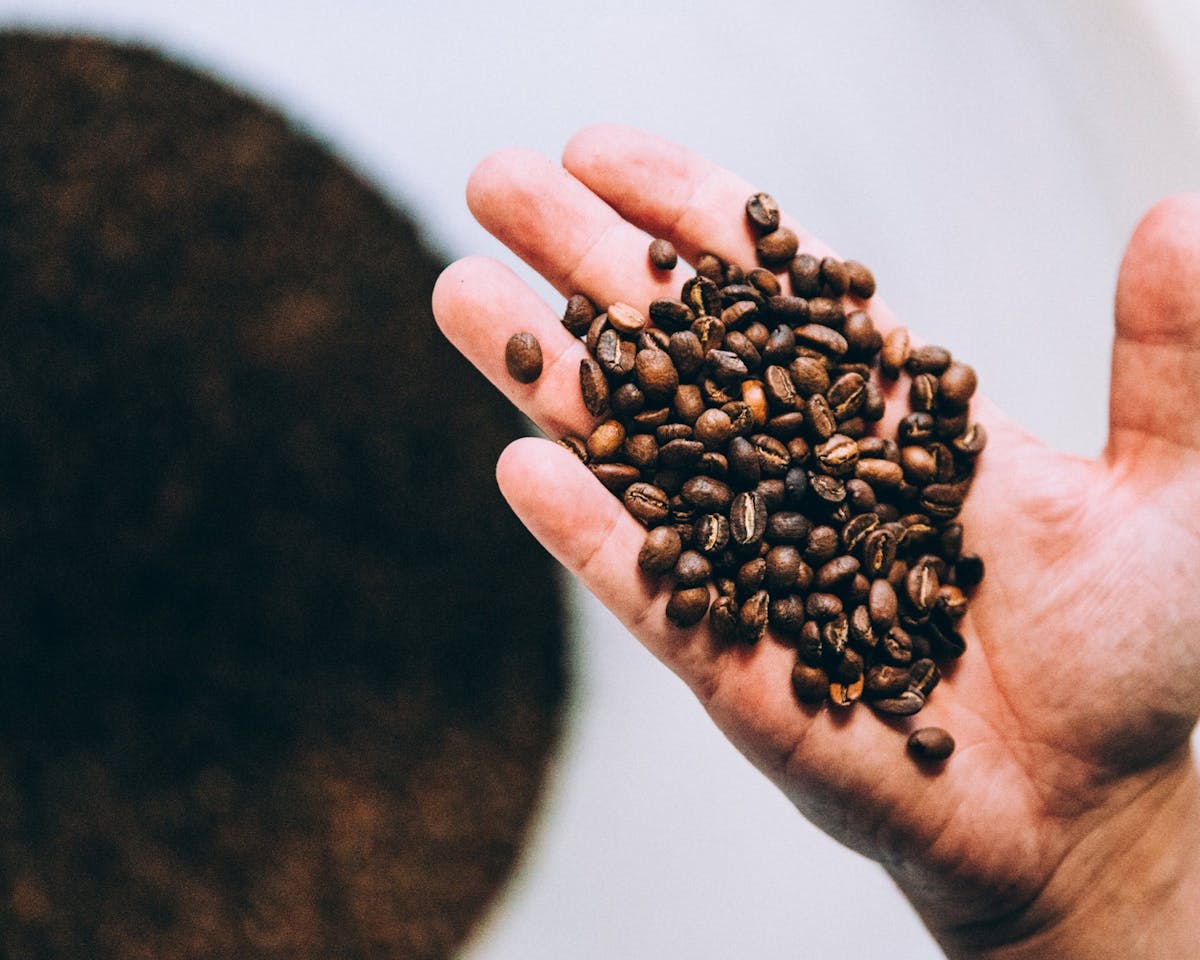Your cart is empty
One word that probably doesn’t come to mind in connection with energy drinks is “healthy.”
- You’ll obviously think “energy,” since their bountiful caffeine and sugar content can certainly boost energy levels in a hurry.
- You might think “performance,” because that energy boost, along with the drinks’ vitamin content, may boost workout performance.
- And you could think “focus,” since energy drinks are likely to prevent the lethargy or fatigue associated with long work days or study sessions.
However, words like “calories,” “jitters,” “insomnia” – and others like “addictive” and “unhealthy” – are just as likely to come to mind.
Those descriptions of energy drink effects aren’t unfair. Most of these incredibly-popular beverages are loaded with sugar, calories and caffeine that can contribute to weight gain, anxiety and insomnia.
They can also become addictive, and there’s evidence that they can cause health problems including high blood pressure and cardiovascular issues.
To be fair, soda and fruit juice can be unhealthy too, when you drink too much of them. But energy drinks appear to be riskier to your health and wellness in several ways.
It’s not human nature for most people to simply say “If they can be bad for you, I just won’t drink them.” Instead, the natural response is likely to be “Are there healthier energy drinks on the market?”
With the caveat that “healthier” doesn’t always mean “healthy,” the answer is yes.
Let’s look at these soda alternatives that have become such a big deal in the 2000s – and figure out which are the healthiest energy drinks.

Energy Drinks Are Nothing New
Energy drinks may have recently become a big deal – and a huge industry – but they’ve actually been around for almost 150 years.
- It’s no secret that Coca-Cola contained varying amounts of cocaine, from when Coke was invented in 1885 until the once-legal drug was finally removed completely in 1929.
- A Chicago businessman began marketing a soda bolstered with B vitamins, called “Dr. Enuf,” as an energy drink in the mid-20th century. It’s still available in some areas of the Southeastern United States.
- A Japanese energy shot product called Libogen, containing caffeine, taurine and B vitamins, has been on the market since the 1960s.
- Jolt Cola, with “all the sugar and twice the caffeine,” debuted in 1985. A reformulation was recently brought back into the market, thanks to the surge in energy drink sales.
- And Red Bull, based on a 1960s/70s Thai energy drink, was rebranded and introduced in Austria in 1987, even though it didn’t make it to the United States until 1997.
But it wasn’t until the start of the 21st century that energy drinks and energy shots went mainstream in America.
Today, Red Bull, Monster Energy and Rockstar are almost as prominently displayed in convenience stores and drugstores as Coke and Pepsi. Adults drink them to maintain energy at work, and they’re a very big deal in the teen and pre-teen markets.
But exactly what’s in those energy drinks? That information won’t just help us understand why they’re unhealthy – it will suggest the ingredients and qualities we should look for in healthier energy drinks.
Why Energy Drinks Give You an Energy Boost
It doesn’t matter whether you’re talking about processed meat, winter coats or automobiles; no product in any category will contain exactly the same ingredients. Needless to say, that’s how companies differentiate their offerings from the competition.
Even so, the most important ingredients in any brand category are likely to be somewhere between similar and identical. That’s definitely true when the category is energy drinks.
The most popular energy drinks all contain carbonated water, of course. They all also contain sugar (glucose and sucrose), caffeine, L-theanine and B vitamins.
Those are the most important ingredients to consider, not only because they provide the bulk of the energy in energy drinks – but because they’re responsible for some of the health questions surrounding the beverages.
Sugar
The Big 3 (Monster, Red Bull and Rockstar) contain between 39 and 47 grams of added sugar per 12-ounces.
That’s as much or more sugar content than you’ll find in a can of Coke (without cocaine, of course). It’s also more sugar than the American Heart Association recommends that adults consume in a single day.
There’s essentially no fiber in these beverages, so they contain between 39 and 47 grams of carbs as well.
We probably don’t need to tell you, but we will, that chronic excess sugar consumption has been linked to diabetes, heart disease, Alzheimer’s disease, some types of cancer – and of course, obesity and metabolic syndrome.
And the high sugar content in most energy drinks also means lots of calories, between 160-200 per can.
Caffeine
The caffeine in energy drinks is, as the saying goes, a feature and not a bug.
And since caffeine is really what people drink the beverages for, how much is in those cans? It varies.
In 12-ounce cans, Red Bull has 102 milligrams of caffeine, Monster has 122 milligrams, and Rockstar has 160 milligrams. (Some varieties go much higher, though; Rock Star Punched energy drink, for example, has 240 milligrams of caffeine in 12 ounces.)
Is that a lot? Well, let’s compare.
- Tea: 26 mg of caffeine
- Coke: 27 mg
- Drip Coffee: 70-150 mg depending on coffee beans and brew
- Starbucks Latte, double shot of espresso: 128 mg
- Energy Shot: 215-230 mg
- In short, the average energy drink has around 5-6 times the amount of caffeine as a Coke and about the same amount as a cup of coffee, but much less than the average energy shot.
One more tidbit: energy drinks may also add the FDA-approved herbal supplements guarana and guayusa. They’re there for one simple reason: each also contains a ton of caffeine.
Is all of that caffeine content a problem? Not in and of itself.
The Mayo Clinic says high amounts of caffeine, up to 400mg per day, are safe for adults. The issue is, though, for people who down energy drinks like they’re soda. Three Rockstars a day, and they’re into the danger zone.
And even a few energy drinks a day, just like 5-6 cups of coffee a day, can bring on side effects like the increased heart rate and blood pressure, insomnia and shakes that many coffee addicts are familiar with.
L-theanine and B Vitamins
Amino acids like L-theanine and taurine, and high levels of B vitamins, are commonly added to energy drinks.
When taken together with caffeine, L-theanine (commonly found in green tea) is said to increase alertness and focus, and it’s not harmful. The relatively small amounts added to energy drinks, though, aren’t likely to have much effect.
Taurine, and the herb ginseng that’s often found in these drinks, supposedly increase energy and focus as well. But again, the amounts in energy drinks won’t have much effect.
And while B vitamins theoretically help the body turn food into energy, that’s a long-term process. Even large amounts of B6 or B12 in an energy drink won’t give you much of an energy boost; the vitamins will just work their way through your system and be excreted in your urine.
Those supplements can help some people when they come from food, or in the case of L-theanine, when taken in the proper dosages. In energy drinks? They’re just added to make the products sound impressive.
The Healthiest Energy Drinks
The details we’ve just described give us a pretty good checklist for healthy energy drinks.
- They should have much less sugar and carbs, and a lot fewer calories, than the big-name competition.
- They shouldn’t have so much caffeine that just drinking two of them would put you close to the maximum amount you should consume in an entire day.
- Often-touted but basically useless additives like L-theanine and B vitamins are fine, but they’re not a selling point.
- Supplements that actually provide added health benefits are a plus.
- The fewer artificial sweeteners, artificial colors and preservatives, the better.
Sound good? Let’s run down the best energy drinks from a health perspective. All of them, by the way, are available in some supermarkets and on Amazon.
1. Matchabar Hustle
One of the main ingredients of this low-calorie energy drink is matcha – the green tea extract revered for the large amount of antioxidant-rich flavonols, flavonoids and phenolic acids it contains, and for the many health benefits they provide.
Antioxidants, as you probably know, reduce cellular damage from free radicals; that helps to prevent many serious diseases and illnesses.
What about energy? Matchabar Hustle contains 120 milligrams of caffeine, more than a cup of coffee. And that boost comes with only five calories, no sugar and only one gram of carbs, since this energy drink is sweetened with monk fruit extract.
Choose carefully, though. Those benefits only come with the lemon-lime and mint flavors. There’s a little sugar, and 40 calories, in berry and peach-flavored Matchabar Hustle.
2. Runa Energy Drinks
We’ve already mentioned guayusa as a potent caffeine source, and Runa’s energy drinks rely on organic guayusa tea for the 100-150 milligrams of caffeine that each can provides. What we haven’t mentioned until now, though, is that guayusa also has strong antioxidant properties.
This product is unsweetened so it is one of the best calorie-free, sugar-free energy drinks on the market. It’s available in a number of natural, “fruit juice-like” flavors including lime, pineapple, berry and pomegranate.
3. Zevia Energy
Another of our healthiest all-natural energy drinks, with 120 milligrams of organic caffeine, Zevia is sweetened with stevia. That makes it a zero-calorie, zero-sugar, zero-carb, vegan and non-GMO beverage.
It comes in 15 different flavors, many of them interesting ones like mango-ginger, grapefruit and raspberry-lime.
4. Guayaki Organic Yerba Maté
Yerba Maté is a South American plant loaded with caffeine and antioxidants, and it’s also said to improve focus and even exercise performance. That makes it a popular ingredient in some of the healthiest energy drinks, including the ones made by this company.
We particularly like Guayaki’s unsweetened offering, which contains 140 milligrams of caffeine but less than a gram of natural sugars. Be aware, though, that it also contains 60 calories per serving.
There are ten naturally-flavored flat or sparkling varieties too; a few of them, like blackberry mint and lemon-lime, have 15 calories or less but only 80 milligrams of caffeine.
5. EBoost Super Fuel
This energy drink is relatively new to the market, but it was named one of the best new products of 2019 by BevNET media.
One of the extra bonuses in EBoost is a number of electrolytes like potassium which promote hydration, so it could be considered a sports drink as well as an energy pick-me-up. As for the energy part of the equation, it contains 110 milligrams of caffeine so it’s no slouch there either.
There are ten calories, one gram of sugar, and three flavors to choose from: ginger-lime, orange mango and strawberry lemonade.
Blog posts
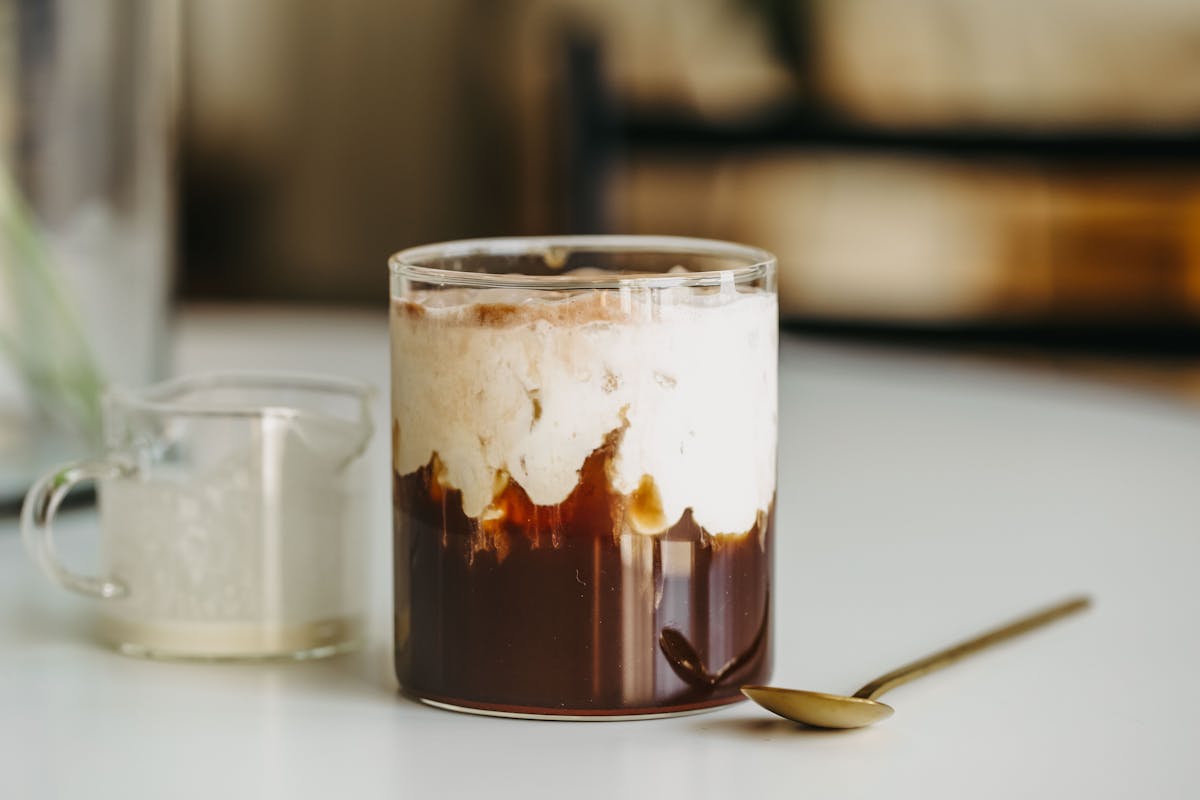
Cold, creamy and delicious - This chocolatey cold brew recipe is the perfect treat to kickstart your morning! The Recipe Chocolate Cream Cold Brew Prep Time: 1 minutes Cook Time: 5 minutes Ingre...
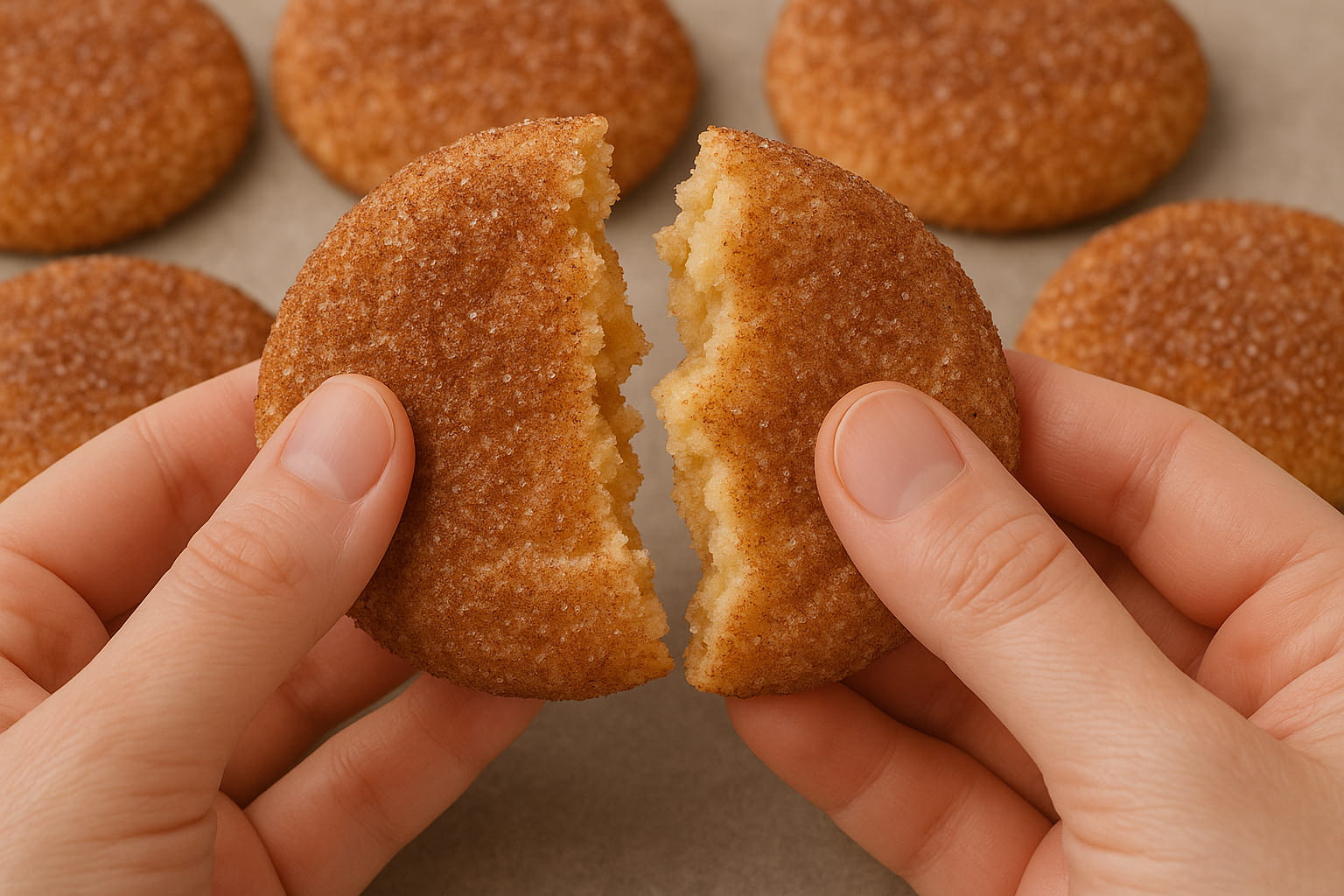
Indulge in the warm embrace of autumn with Pumpkin Spice Snickerdoodles - soft, spiced, and utterly irresistible! The Recipe Pumpkin Spice Snickerdoodles Prep Time: 10 minutes Cook Time: 1 hour ...
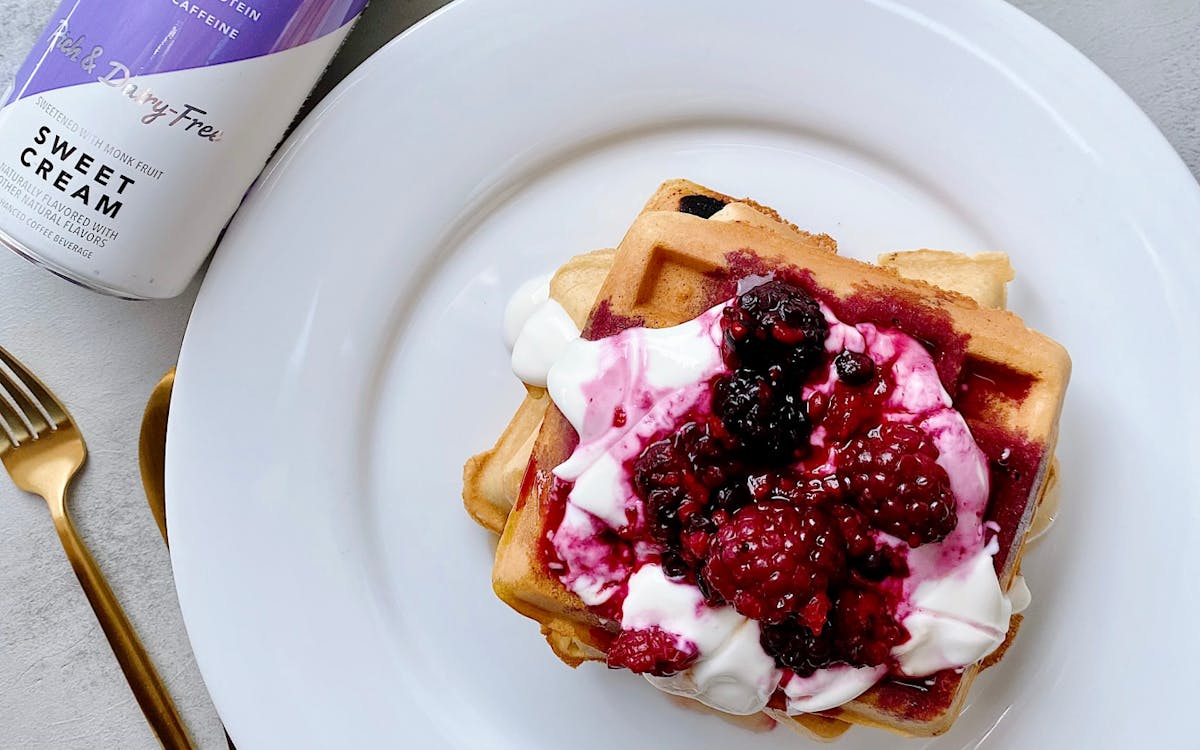
Low Carb Berries & Cream Waffles
These low carb/low sugar waffles are delicious, wonderfully crispy on the outside, and fluffy on the inside. You can also double batch and freeze for easy weekday breakfasts. Featuring our almost-...
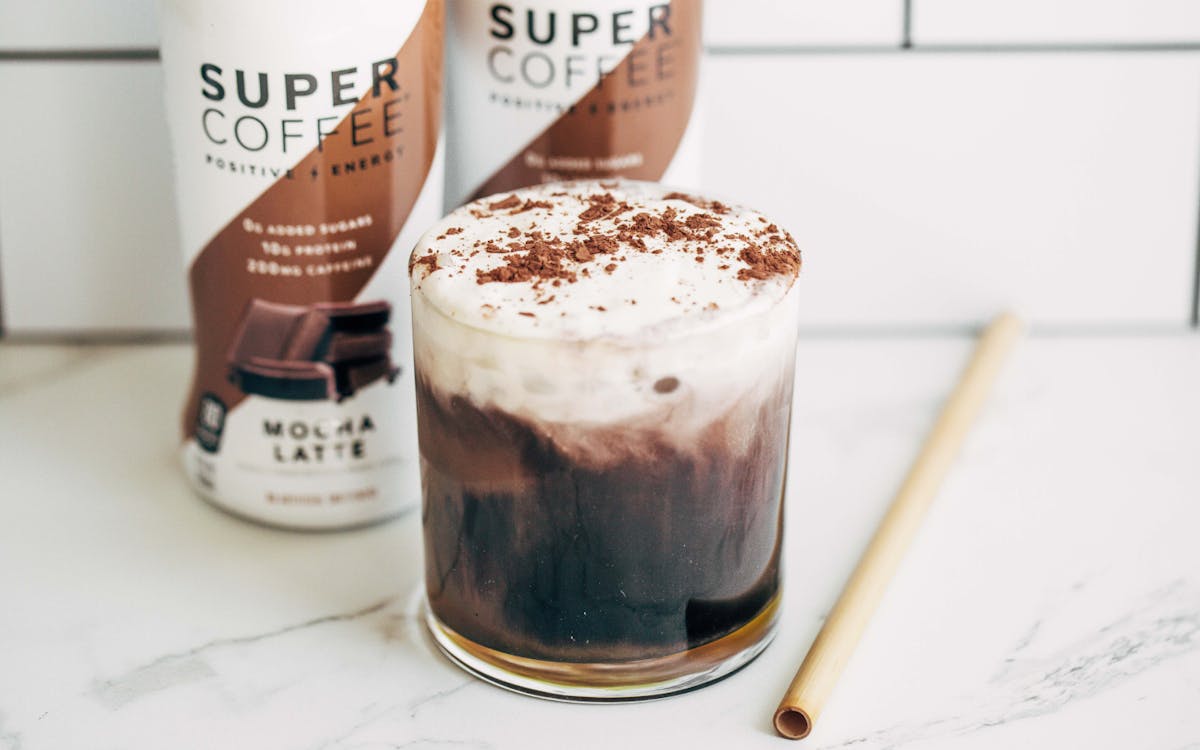
This may be the most fun latte recipe we’ve tried yet! With gooey & decadent black chocolate drizzle and a thick layer of creamy French Vanilla, just one sip of this iced latte will transport ...
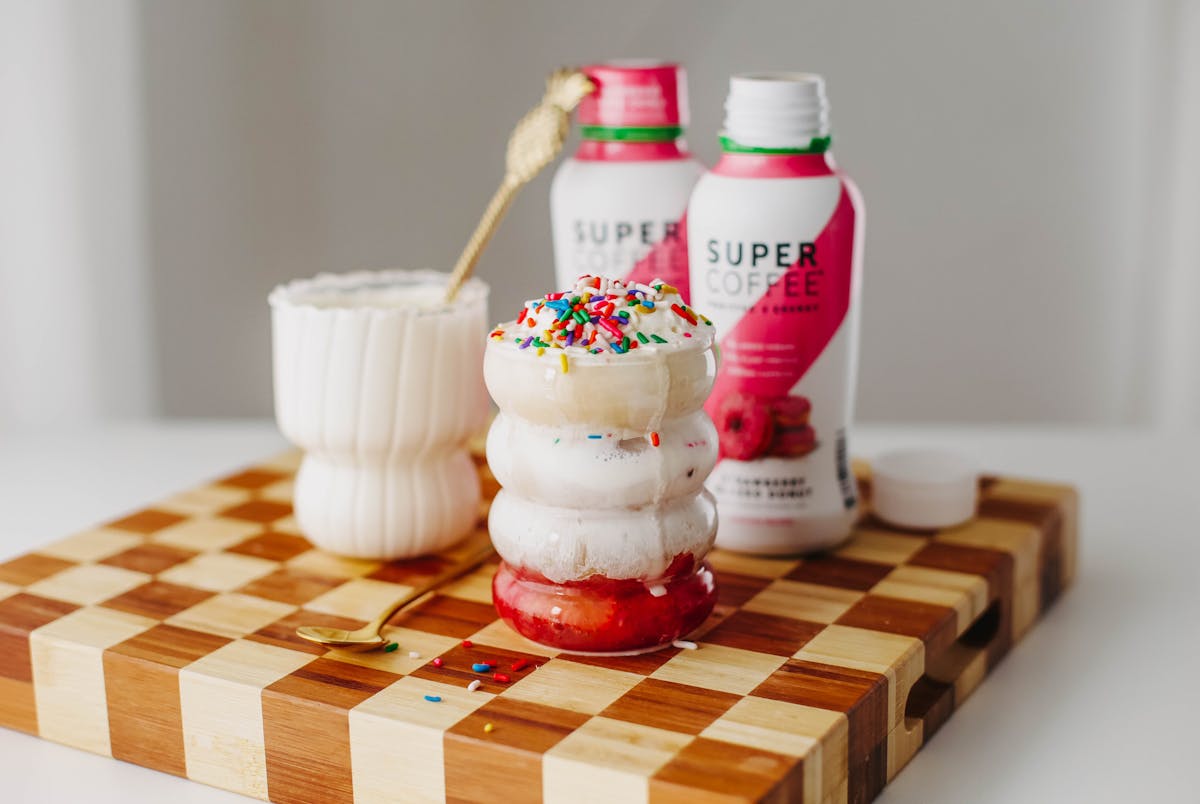
Strawberry Sprinkle Keto Coffee Recipe
Nutritional Info Calories: 274 Fat: 26.7g Carbs: 5.7g Protein: 4.5g Sugar: 2.1g Ingredients 3 strawberries, sliced. 3-4 tbsp heavy cream or half & half. Enough ice to fill a glass. 1/2 cup S...
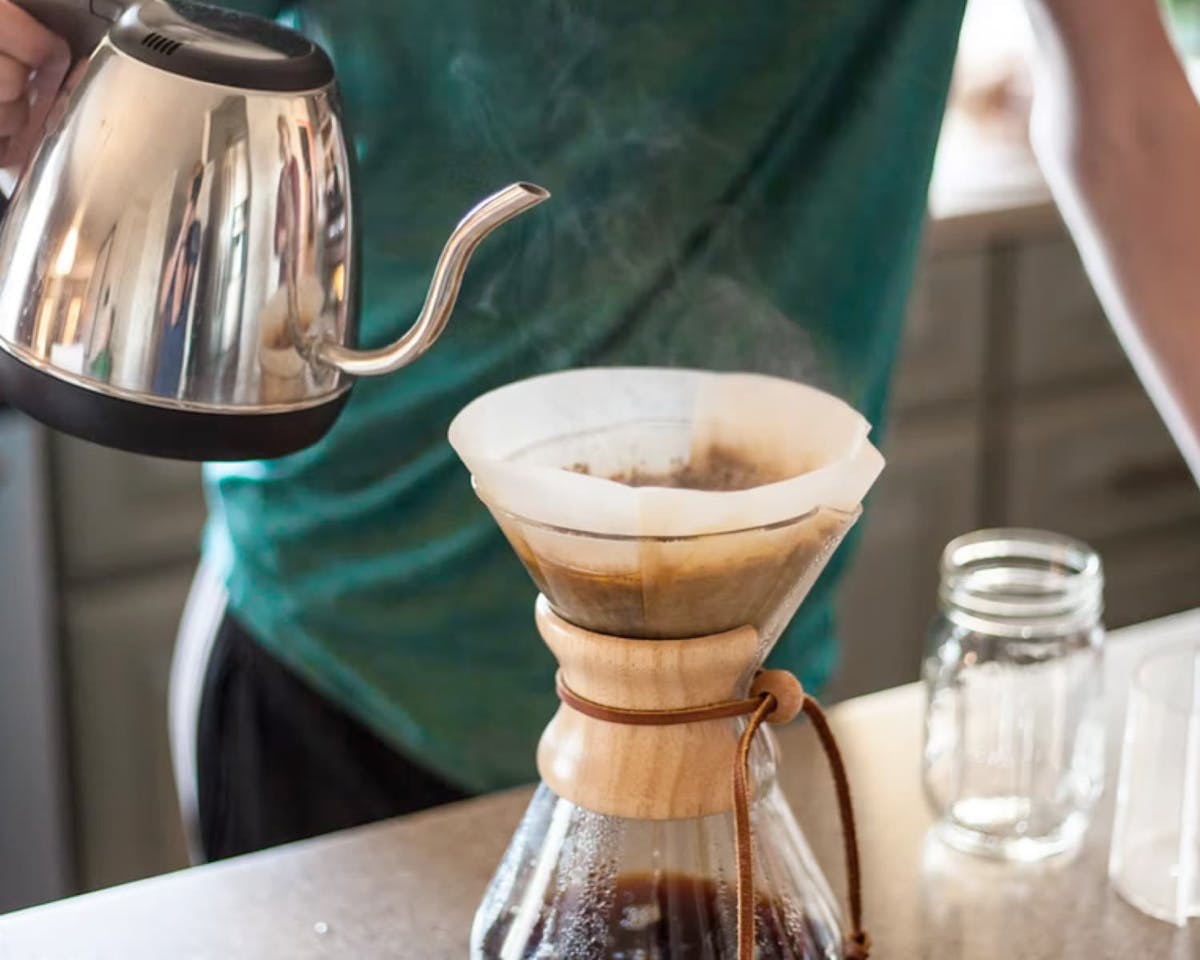
8 Healthy Coffee Recipes That Are Better Than Starbucks
There’s no question about it. Coffee is good for you. Those who don’t like black coffee, of course, commonly add milk, cream and sugar – even if that also means adding calories, fat or carbs to the...



